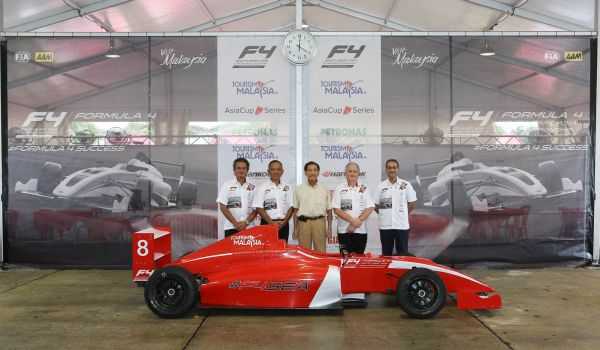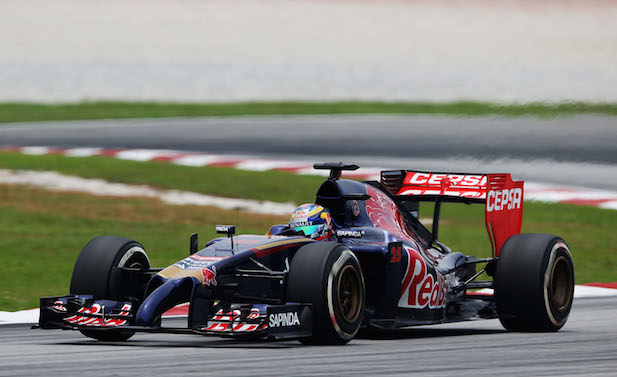Formula One racing’s governing body has published a number of rule changes and a revised 21-round calendar for the 2015 world championship, following a meeting of its World Motor Sport Council in Doha.
The expanded calendar now features a provisional slot for Korea, which hosted four Grands Prix between 2010 and 2013.
The Asian country is slated to host the fifth round of next year’s championship on the first weekend of May.
China meanwhile is now set to host the third round of the championship, immediately before the F1 fraternity travels to Bahrain.
Alongside the calendar changes, the FIA also confirmed a number of changes to the 2015 sporting regulations.
The double points regulation brought in for 2014 will be dropped, as will the proposal for standing starts after safety car periods.
Meanwhile the virtual safety car system trialled in the wake of Jules Bianchi’s crash in Japan will be formally introduced in 2015. The FIA also announced the findings of its ten-man accident panel surrounding Bianchi’s crash.
The FIA has also tweaked engine-related penalties- a full power unit change will no longer result in an automatic penalty; instead penalties will be applied cumulatively based on the individual components of each power unit. Grid penalties will no longer roll over into subsequent races: should a driver be unable to take the full penalty, the remainder will now be applied in the form of time penalties during the relevant race.
A new ten-second penalty meanwhile has been created in addition to the existing five-second rule.
The procedure for lapped cars under safety cars has also been modified: while lapped cars will be allowed to pass the safety car and unlap themselves, the safety car will no longer have to wait until they have rejoined the back of the grid.
The criteria for the issuing of super licenses was also tweaked, with a new minimum age of 18 approved for 2016. Drivers must also have run for a minimum of two years in minor formulas.
Finally, several changes were made to the 2015 technical regulations, including a rise in minimum weight to 702kg, new limitations on wind tunnel testing, tweaks to the rules concerning suspension layouts and improved survival cell protection.
Other posts by Azlyn Balqis







